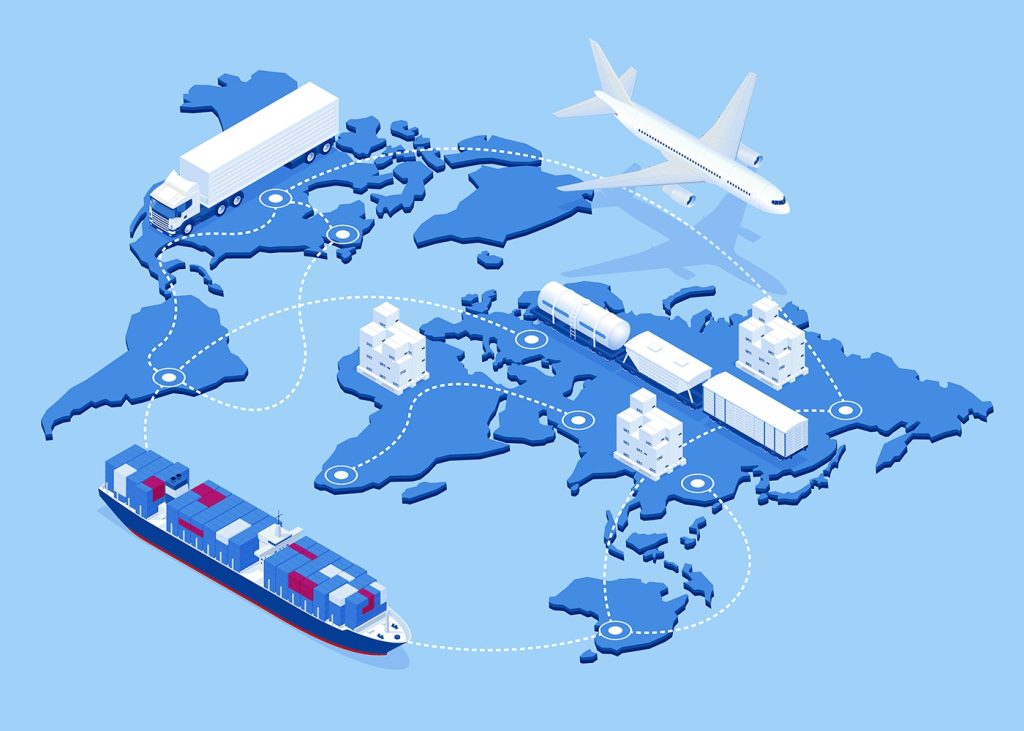
Introduction to International Trade Agreements and Their Purpose
International trade agreements are designed to foster economic cooperation between countries by reducing barriers to trade. These agreements help simplify trade by lowering tariffs, which are taxes placed on imported goods. The goal is to create a more open market, allowing goods and services to flow more freely between countries. This increased access often benefits both exporters and consumers by improving the availability of products and reducing prices.
One of the primary goals of these agreements is to boost economic growth through cooperation. By removing trade barriers, countries can specialize in the goods and services they produce most efficiently. This leads to stronger economies, as nations can export their products to a wider audience. The effect of international trade agreements can be seen in the increased global trade volumes and the positive impact on economies that participate.
Another important aspect of trade agreements is protecting intellectual property, standardizing regulations, and promoting fair competition. These efforts create a level playing field for businesses across borders. As countries negotiate new trade deals, the effect of international trade agreements continues to shape the global economy, driving growth and fostering stronger relationships between nations.
Positive Impacts of Trade Agreements on Local Businesses
Trade agreements can have a positive impact on local businesses by opening doors to new markets. These agreements lower tariffs, making it easier and more affordable for businesses to export their products. With reduced costs, local companies can offer competitive prices in international markets, helping them expand their customer base. The effect of international trade agreements is clear when businesses gain access to larger markets and increased demand for their goods.
Local businesses also benefit from increased exports, which can boost growth and profitability. When businesses can sell to more countries, they are less dependent on their domestic market, reducing risks tied to local economic fluctuations. This access to new markets allows businesses to scale faster and innovate, fueling long-term growth. Trade agreements help them reach customers they otherwise could not serve.
Moreover, reduced tariffs make it easier for local businesses to import necessary materials or components, lowering production costs. This enables them to improve product quality or invest in innovation. The effect of international trade agreements, in this case, leads to stronger businesses that are more competitive on both domestic and global stages.
Challenges Faced by Local Markets Under International Trade Agreements
While international trade agreements offer many opportunities, they also present challenges for local markets. One key challenge is the increased competition from foreign companies. Local businesses, particularly smaller ones, may struggle to compete with larger international firms that have more resources. This pressure can lead to reduced market share and profitability for local companies. The effect of international trade agreements, in this case, may create an uneven playing field, putting local businesses at a disadvantage.
Another challenge is the potential for job displacement. As businesses adjust to increased competition or shift production to countries with lower costs, local jobs can be lost. Manufacturing and other labor-intensive industries are particularly vulnerable to this shift. Workers in these sectors may find themselves without employment as companies move operations overseas. The effect of international trade agreements on local job markets can result in economic instability for communities reliant on these industries.
Additionally, the influx of cheaper imported goods can hurt local producers who cannot match the lower prices. This may lead to reduced demand for locally made products, affecting revenue and sustainability. While international trade agreements open doors for growth, they also require local markets to adapt to new competitive realities, sometimes at the cost of local jobs and businesses.
The Role of Tariff Reductions and Quotas in Shaping Local Economies
Tariff reductions and import quotas play a significant role in shaping local economies. Lower tariffs reduce the cost of imported goods, making them more affordable for consumers. As a result, local businesses may face increased competition from cheaper foreign products. The effect of international trade agreements, in this case, can lead to shifts in consumer behavior, as people choose lower-priced imports over domestically produced goods.
For local manufacturers, tariff reductions can have mixed effects. On one hand, they may benefit from cheaper raw materials or components, which can lower production costs. On the other hand, they may struggle to compete with foreign competitors offering similar products at reduced prices. The effect of international trade agreements on local manufacturing often depends on how well domestic companies can innovate or differentiate their products to maintain market share.
Reduced import quotas, which limit the quantity of foreign goods entering a country, can also impact pricing and availability. When quotas are lifted or reduced, local markets may see an influx of goods, driving down prices. While consumers benefit from lower prices and more choices, local producers may find it harder to compete. In this way, international trade agreements influence not only the availability of goods but also the balance between local and foreign competition in shaping local economic landscapes.
Impact on Supply Chains and Local Manufacturers
International trade agreements can significantly affect local supply chains by encouraging imports and shifting sourcing patterns. When tariffs are reduced, importing goods and raw materials becomes more cost-effective. This can enhance local supply chains by providing cheaper or more diverse options for manufacturers. The effect of international trade agreements in this context can lead to improved efficiency and lower production costs for local businesses.
However, these changes can also disrupt existing supply chains. Local manufacturers may find it harder to compete with cheaper imports, leading to a shift in how they source materials or produce goods. Some businesses may need to adjust their strategies, either by sourcing materials from abroad or by investing in new technologies to stay competitive. The effect of international trade agreements may push companies to rethink their supply chain management to maintain profitability.
Moreover, trade agreements can create dependency on foreign suppliers, which can pose risks during global disruptions. Local manufacturers may find themselves vulnerable to supply chain disruptions if key imports are delayed or unavailable. In this way, while trade agreements offer benefits, they also introduce complexities that require careful planning and adaptation from local manufacturers to manage potential risks.
Future Trends in Trade Agreements and Their Potential Effects on Local Markets
As new trade agreements emerge, their impact on local markets will likely shape future industries and economies. Many upcoming agreements focus on digital trade, green technologies, and intellectual property protections. The effect of international trade agreements in these areas may encourage local businesses to innovate and adapt to evolving global standards, driving growth in emerging sectors like renewable energy and e-commerce.
While these agreements offer opportunities, they could also bring challenges. Increased competition from global players may pressure local industries to modernize quickly. This could affect traditional industries, which may struggle to keep pace with innovations from abroad. However, businesses that can adapt and leverage these agreements will benefit from access to larger markets and new technologies.
Looking ahead, the effect of international trade agreements on local economies will depend on how well local industries embrace change. Trade agreements that focus on sustainability and technology may push local businesses toward greener practices and digital transformation. As a result, these agreements will likely continue to redefine market dynamics, shaping the future of both local and global economies.
Conclusion
In conclusion, the effect of international trade agreements on local markets is both complex and far-reaching. These agreements open new opportunities by lowering tariffs and increasing market access, but they also bring challenges such as increased competition and potential job displacement. As future agreements emerge, local businesses must adapt to changing trade dynamics and embrace innovation to remain competitive. Understanding the effect of international trade agreements will help you navigate these changes and position your business for success in a rapidly evolving global economy.


